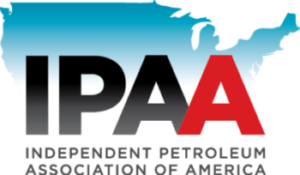Dear Speaker McCarthy and Majority Leader Scalise:
For too long, the government has interfered with energy markets, burdening American production with undue restrictions, distorting markets with wasteful government spending, and discouraging private sector production. Biden Administration actions and the Inflation Reduction Act (IRA) have enacted further red tape, higher costs, and permitting obstacles that serve as barriers to efficient and timely production in response to national and global demand. As a result, American oil and natural gas producers have been hindered from producing up to three million barrels of oil a day,1 a government imposed scarcity that has created high costs for citizens and instability in relation to our adversaries in China and Russia.
We, the undersigned 25 oil and natural gas trade associations, strongly support H.R. 1. The bill is a welcome answer to government-imposed distortions to energy markets that have decimated the energy independence that America enjoyed just a few short years ago. Make no mistake, we wholeheartedly believe in producing energy in an environmentally responsible manner that protects the nation’s air, water, land, wildlife, and cultural resources while providing billions in taxes and royalties that sustain communities and vital public services at every level of government. We are proud that American oil and natural gas are developed under the world’s most protective standards and our companies readily comply with the bedrock environmental laws. However the red tape we have experienced over the past few years is not intended to protect the environment but to handcuff American oil and natural gas production in a misguided attempt to quickly transition to an alternative reality that does not exist. The result is higher prices for all Americans and more imports from unfriendly countries. …



